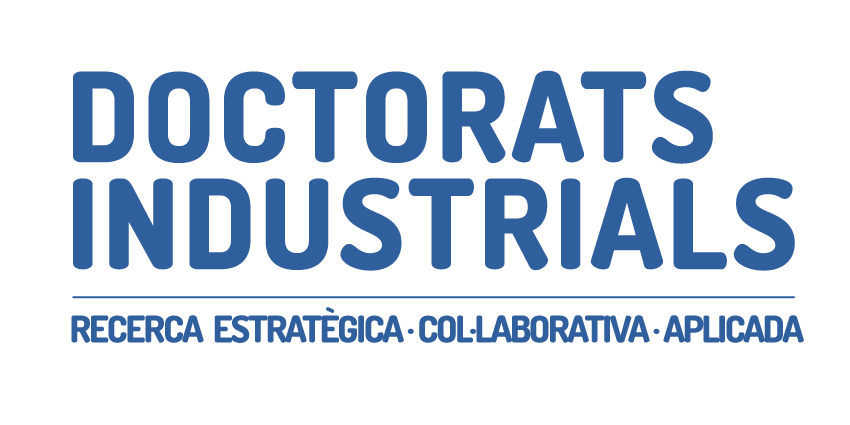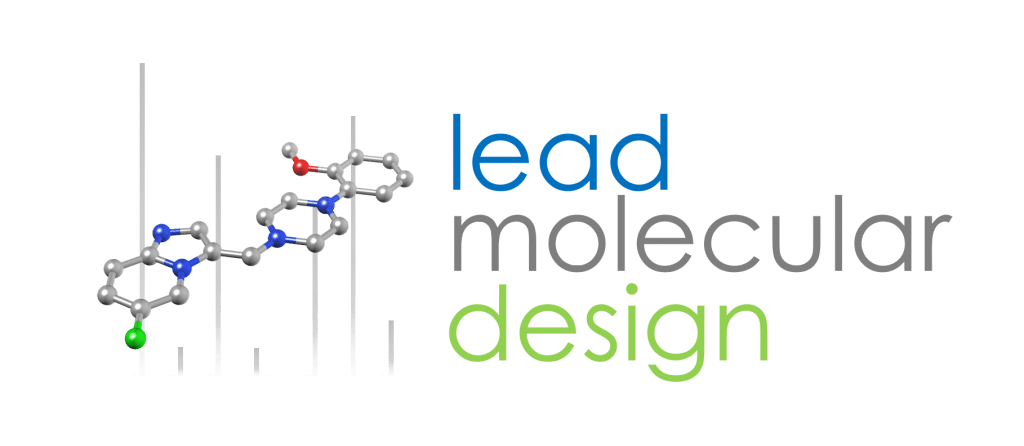Descripció del projecte
Liquid chromatography-mass spectrometry (LC-MS) is a powerful analytical technique that has been widely used in drug development and metabolomics to identify drug targets, analyze drug metabolism, and assess metabolic profiles. However, despite the advantages of this technique, the analysis of LC-MS data is often complex and requires extensive manual processing and analysis, which can be time-consuming and costly. Additionally, the large number of scans required for analysis can be prohibitive, particularly for large-scale studies, leading to slower and less cost-effective analysis.
To overcome these challenges, this project aims to develop innovative AI-based methods and approaches that leverage the power of predictive modeling to streamline the processing and analysis of LC-MS data for metabolomics and drug development applications. By utilizing predictive modeling, the proposed approaches will be able to accurately predict various LC-MS parameters:
1. Prediction of optimal transitions for multiple reaction monitoring (MRM) analysis. MRM is a targeted LC-MS technique that is commonly used in drug development for the quantification of compounds. It solves the problem of low resolution of high-throughput LC-MS by selectively monitoring specific transitions of interest, which are fragments of the compounds being analyzed. However, current methods for selecting transitions involve an extra injection of pure samples to obtain their fragmentation patterns, which is both costly and time-consuming. The proposed methods will be able to predict the optimal transitions for MRM analysis without the need for this extra injection, potentially reducing in half the number of solvents and amount of time required for the analysis.
2. Automation of metabolite elucidation in complex biological samples. Metabolite elucidation is a critical step in drug development, involving the identification and quantification of compounds produced by the body when a drug is administered. As these metabolites may have different biological activities than the original drug, such as heightened toxicity, it is important to identify them and quantify them to ensure the safety of a drug. Brute-force methods for metabolite elucidation in LC-MS data exist, but they are prone to a high number of false positives. As a consequence, a field expert is typically required to manually review the results and eliminate the false positives, which can be time-consuming and costly. The proposed methods will be able to accurately detect false positives in LC-MS data based on statistical and machine learning approaches, reducing the need for manual review and increasing the accuracy of the analysis.
3. Prediction of the concentration of compounds without a calibration curve. The concentration of a compound cannot be known just based on its LC-MS data, as different compounds have a different concentration-response relationship. Therefore, a calibration curve is typically required to estimate the concentration of a compound based on its LC-MS data. Generating a calibration curve, however, requires the injection of multiple samples with known concentrations of the compound, which can be both costly and wasteful. The proposed methods will be able to predict the concentration-response relationship of a compound based on its LC-MS data, allowing researchers to estimate the concentration of a compound without the need for a calibration curve.
The resulting methods and approaches will provide more efficient and cost-effective ways to analyze LC-MS data for metabolomics and drug development, enabling researchers to generate data quickly and at a lower cost. This will ultimately benefit patients in need of new treatments by accelerating the drug development process and reducing the cost of treatment. Moreover, the reduction in the number of scans required for analysis will save time and resources, allowing researchers to allocate resources more efficiently and focus on other critical aspects of the research. Overall, the proposed methods and approaches represent a significant advancement in the automation and acceleration of LC-MS analysis for metabolomics and drug development, with the potential to revolutionize these fields.



